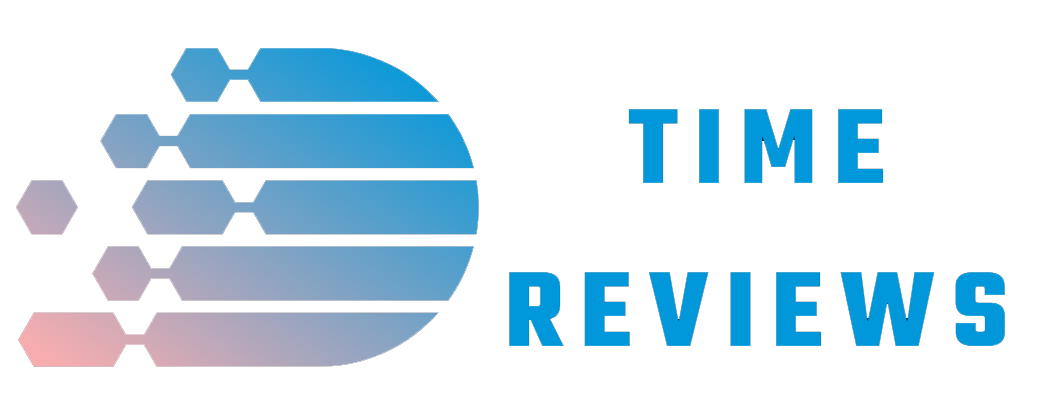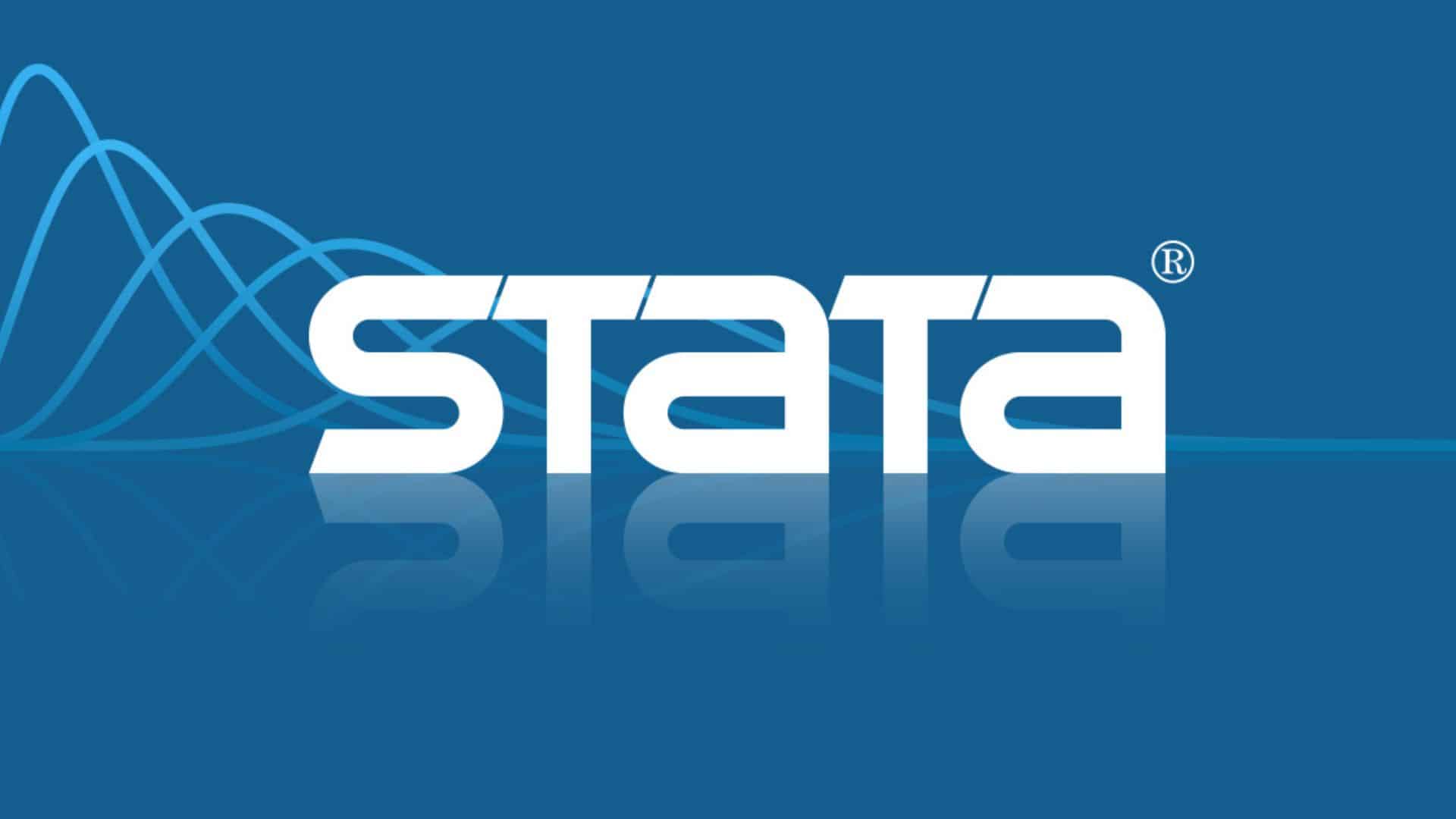Data science is a burgeoning field of technology that combines computer science with statistics and linear algebra. There are certain tools and languages that are plainly better than others when it comes to dealing with data science projects. Be it scraping data from databases, analyzing large amounts of data for patterns, or applying the rules of statistics to create data visualizations there are tools that data science professionals prefer. R and Stata are two such languages and in this post, we are going to compare them from the perspective of a data science professional.
Let us start by introducing ourselves to the languages.
What is R?

R programming language was developed at Auckland University. It derives its name from the initials of its creators R Ihala and Robert Gentleman. It was designed as a language for statistical computation and released for public use in the year 1995, ten years after its development.
Currently, 41% of data professionals use R to some degree or capacity. It offers a wide range of libraries for statistical computing. It is easy to integrate with other languages and comes with a bunch of visualization features that are very useful.
What is Stata?

Stata is a statistical software package that comes with a broad suite of statistical features for data science. There’s a community of contributors behind this software package. It comes with automatic multi-core support and cross-platform compatibility.
Stata does not have a user base like R, Python, or SQL. It comes in the list of honorable mentions when we talk about data science languages. But, since it shares a lot of features with R and there is a buzz around this becoming a go-to language for a lot of data professionals and statisticians, this Stata vs. R comparison becomes necessary.
| Category | R | Stata |
| Ease of learning | R is a programming language, naturally, it is harder to learn if you have no coding experience. It comes with a moderate learning curve but also sufficient free resources. | As a software package, Stata is more application-driven and it is easier to learn. Any statistician can use it right out of the box. |
| Cost | R is an open-source tool so it is effectively free. People from around the world work toward making it better for free, so you get it for free. | Stata comes with a cost of $180 per user per year. |
| Updates | R as a language is updated constantly thanks to the burgeoning community of professionals who work on it. | Stata is updated once a year and you can download the updates if you are a licensed user. |
| Applications | R is a descriptive statistical language with a lot of potential for descriptive and predictive analysis. It can be a very powerful tool for data analytics in the hands of a potent user. | Stata is a GUI-based tool with a point-and-click interface that allows you to perform a limited set of tasks. |
Also Read – Does Walmart Have Apple Pay: All Questions Answered
Applications of R and Stata
We’ve already done a surface-level comparison between R and Stata. Let us look at some applications of both tools to seal the idea.
Applications of R
R is primarily used for descriptive data analysis. You can use it to measure variability, skewness, and central tendency.
It is a great tool for data exploration and visualization. The ggplot2 library in R is considered to be one of the best data visualization libraries.
You can use R for hypothesis testing which is a necessary procedure for evaluating statistical models.
Moreover, R’s capabilities exceed descriptive analysis and extend into the field of predictive analytics. You can use R to create predictive models and train machine learning algorithms.

Stata Applications
Stata is an easy-to-use GUI-based tool for statistical analysis. It doesn’t require programming skills.
The features you can access through the interface are
- Data management
- Statistical analysis
- Data analysis
- Data visualization
It has a number of features accessible through command lines, developers can take advantage of these features.
It allows you to create an advanced graphical representation of data and makes it easy to draw insights from large datasets. And it supports a range of media formats and lets you edit graphs created with other tools.
Also Read – Is It Worth Developing Software In Python In 2022?
Bottomline
As you can understand, although both R and Stata are treated as tools for statistical analysis, they are quite far apart in terms of application and usage. One is a language capable of descriptive and predictive analysis. The other one is an application suite for statistical analysis and representation.
These tools have some common ground in the data visualization space but there too, the applications differ. In fact, both tools are meant for different kinds of users.
R is a great tool for data analysts and machine learning engineers who like to play with code. Stata is more suited for statisticians who do not like to get their hands dirty with programming.




